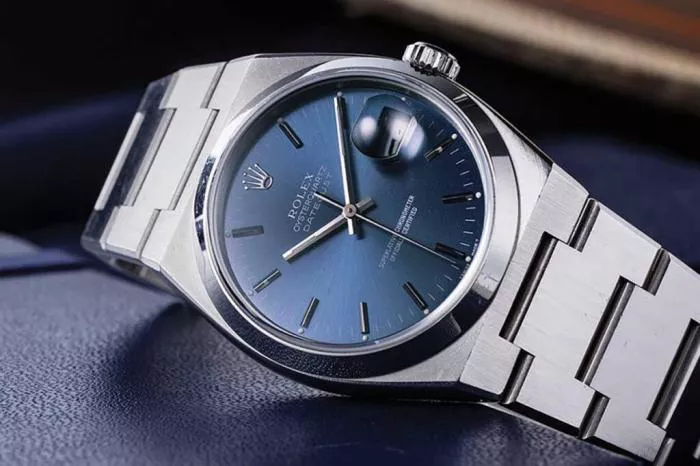In an industry that celebrates mechanical mastery, the Rolex Oysterquartz stands as a fascinating anomaly. Launched in 1977, this quartz-powered timepiece defied expectations by combining Swiss precision with Rolex’s signature craftsmanship—resulting in what many consider the most over-engineered quartz watch ever made.
The Quartz Crisis and Switzerland’s Response
The 1970s marked a turning point for the watch industry as battery-operated quartz movements disrupted traditional mechanical watchmaking. While Japanese brands like Seiko surged ahead, Swiss manufacturers initially struggled to adapt. The Centre Electronique Horloger (CEH), founded in the 1960s, aimed to develop a Swiss-made electronic watch, leading to the Beta 21 movement.
Rolex briefly embraced the Beta 21 in its limited-edition Quartz 5100—a 18K gold watch with a sapphire crystal. However, by 1972, the brand withdrew from the CEH to develop its own proprietary quartz movement, determined to surpass existing technology.
Engineering a Masterpiece
Rolex spent five years refining its quartz caliber, prioritizing precision and durability. The result was a movement featuring 11 jewels, temperature self-regulation, and meticulous finishing that rivaled its mechanical counterparts. Early versions (Mk1) lacked COSC certification, but by late 1978, the updated Mk2 movement earned chronometer status, proudly displayed on the dial.
The Oysterquartz also introduced a bold new case design, tested in 1974 with References 1530 (steel) and 1630 (two-tone). These rare prototypes, housing mechanical movements, previewed the integrated bracelet and angular case that would define the Oysterquartz line.
Legacy and Collectibility
Produced for just 25 years, the Oysterquartz remains a cult favorite among collectors. Early Mk1 models, with their minimalist dials, are particularly sought after. Today, these watches stand as a testament to Rolex’s willingness to innovate—even when it meant challenging its own mechanical heritage.


